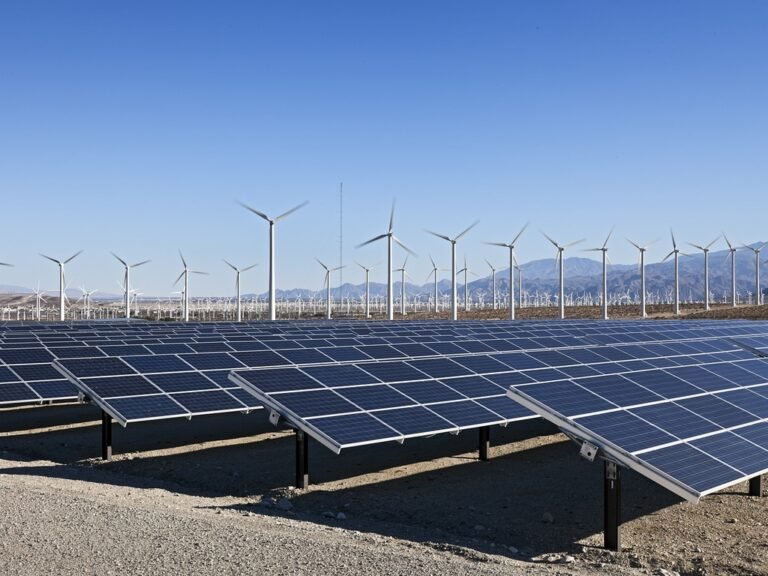Ehiopia is gearing up for a renewable energy revolution, with the substantial increase in wind and solar power production. This boost signifies a significant shift towards sustainable energy sources positioning Ethiopia as a regional leader in its fight against climate change while meeting its energy demands.
It may be noted that in recent years there has been a remarkable acceleration in the development and utilization of wind and solar power across the country. According to data released by the Ethiopian Ministry of Energy and Mines, wind energy production has experienced a fivefold increase over the past three years. This surge can be attributed to the successful implementation of large-scale wind farms, such as the Ashegoda Wind Farm, one of the largest in Africa, boasting a capacity of 120 MW.
Also, Ethiopia signed an agreement with the UAE’s AMEA Power to build a 300 MW, $600-million wind farm. The Aysha Wind Farm will be located on 18,000 acres of land and is expected to support the creation of 2,000 jobs during the construction and operational phases. This forms part of AMEA’s strategy to expand its renewable energy projects in Africa, the Middle East and other emerging markets. It adds to Ethiopia’s existing two wind farms in the Oromiya and Tigray regions and will be the country’s biggest.
Furthermore, solar energy capacity has also witnessed a remarkable rise, with the commissioning of several utility-scale solar projects across the country. These projects leverage Ethiopia’s abundant sunlight, tapping into the country’s vast solar potential. For instance, the Baringo Solar Park, with a capacity of 300 MW, stands as a testament to Ethiopia’s commitment to embracing solar energy on a grand scale.
The factors driving the growth of the renewable energy includes Ethiopia’s ambitious development goals outlined in its Growth and Transformation Plan (GTP) and its commitment to the Paris Agreement on climate change. With this Ethiopia aims to reduce its dependency on fossil fuels, mitigate greenhouse gas emissions, and foster sustainable economic growth.
The government’s efforts to promote renewable energy have also attracted significant investment from both domestic and international stakeholders. Ethiopia’s conducive regulatory environment, coupled with incentives for renewable energy development, has provided a favorable landscape for investment in the sector.
Moreover, projects such as wind and solar farms have generated employment opportunities, facilitated access to electricity in remote areas, and contributed to poverty alleviation efforts. However, few challenges like intermittency issues in power generated by renewable energy sources and the requirements of funds in grid infrastructure to accommodate the growing capacity of wind and solar power.
It can be said that with its abundant natural resources and proactive policies, Ethiopia is emerging as one of the countries which stands as a beacon of hope in the fight against climate change, setting an example for other nations to follow.


